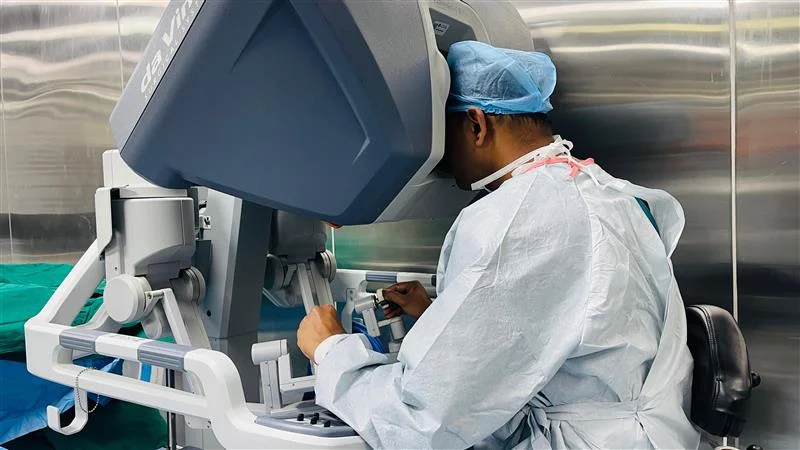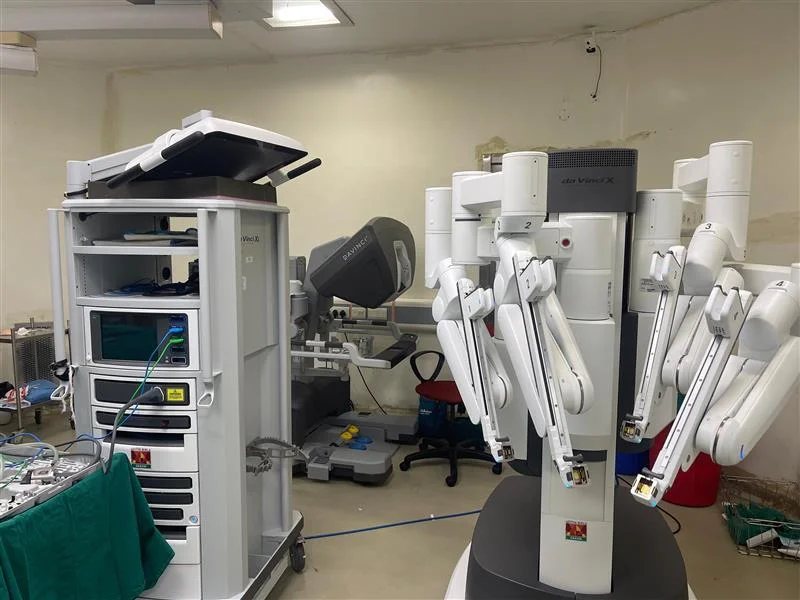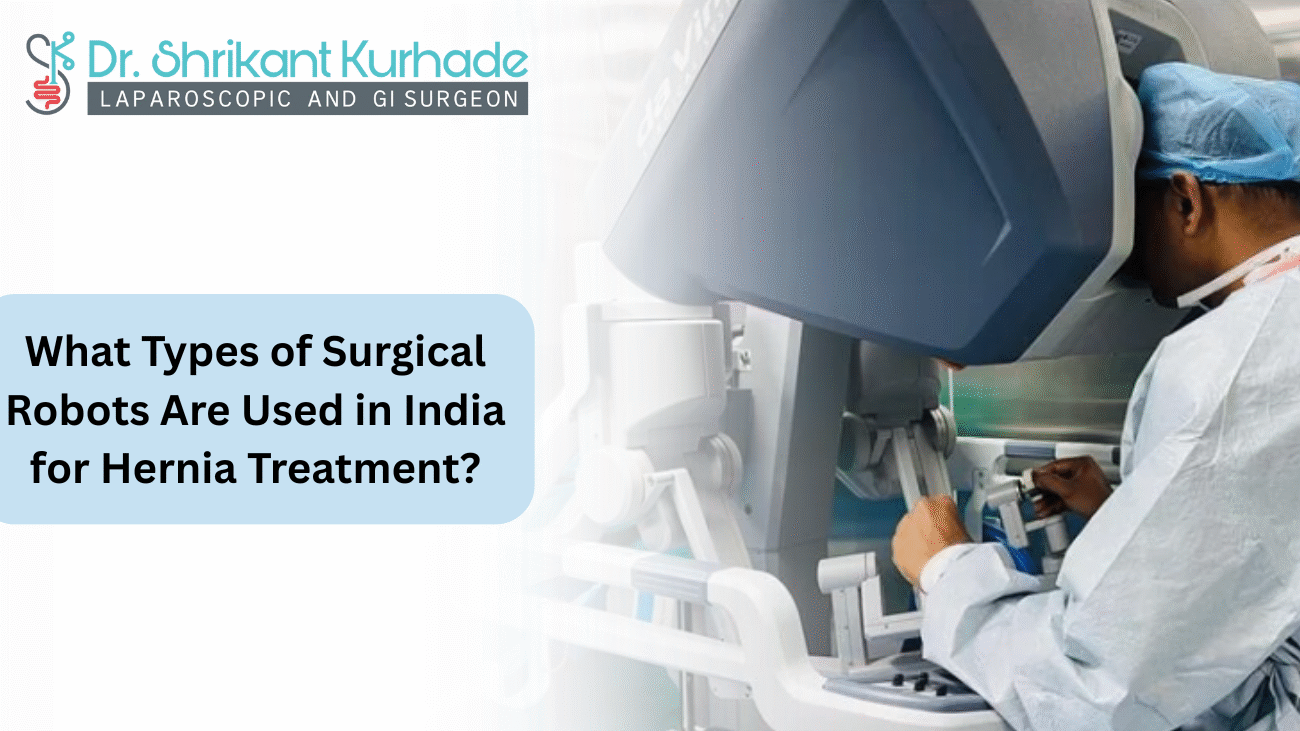Robotic hernia surgery in India is rapidly advancing, offering patients improved precision, faster recovery, and minimally invasive treatment options. With multiple robotic platforms now available, both international and indigenous systems are being used by expert surgeons across the country. Understanding the different types of surgical robots used for hernia repair can help patients make informed decisions about their treatment.
What are different robots available in India for hernia surgery??
There are several robotic platforms available in India for hernia surgery. The oldest and most established is the da Vinci robot, manufactured by Intuitive, a USA-based company. It is considered one of the most advanced robotic surgery systems and has evolved through multiple generations including the Si, X, and Xi platforms. The da Vinci system features a closed surgical console that provides magnified, true 3D binocular vision and uses four robotic arms, of which three are typically utilized in hernia surgery. Another option is the Versius robot by CMR Surgical, which features an open console that requires the surgeon to wear 3D goggles to view the operative field. Its robotic arms are separate units with docking mechanisms different from the da Vinci system.
The Hugo robot, developed by Medtronic, also uses separate, adjustable robotic arms and offers an open console along with a cloud-based system for recording surgical videos. An indigenous option is the Mantra robot by SSI, an Indian company. It features an open console and separate arms similar to Hugo and Versius, but is unique in allowing the surgical assistant to view the surgery in 3D on a vision cart. It is also considered more cost-effective compared to other systems, which can help reduce the overall cost of robotic hernia surgery for patients.
Recently, another Indian company from Gujarat, Meril, launched a new robotic platform with an open console and a four-arm design in which the arms are integrated rather than separate. All these robotic systems are suitable for hernia surgery and offer advantages such as greater precision, reduced pain, and faster recovery.

Why India is Emerging as a Hub for Robotic-Assisted Hernia Surgery
Thanks to the introduction of advanced robotic platforms such as da Vinci, Versius, Hugo, Mantra, and Meril, India now stands at the forefront of robotic-assisted hernia surgery. These technologies enhance surgical accuracy, improve visualization, and offer better control during procedures. From internationally recognized systems to homegrown innovations, patients benefit from minimally invasive techniques that lead to faster healing and fewer complications. Choosing the ideal robotic platform depends on factors like medical condition, surgical needs, and overall treatment cost, which is why expert guidance is essential.

At our center, patient care begins long before the procedure. We focus on individualized assessment rather than a one-size-fits-all approach. After identifying the specific type of hernia, our team designs a treatment pathway that aligns with your health, comfort, and recovery goals. Led by Dr. Shrikant Kurhade, an Expert Robotic Hernia Surgeon in Pune, and supported by a team of experienced professionals, we utilize advanced surgical methods to deliver safe, effective, and result-oriented care.

